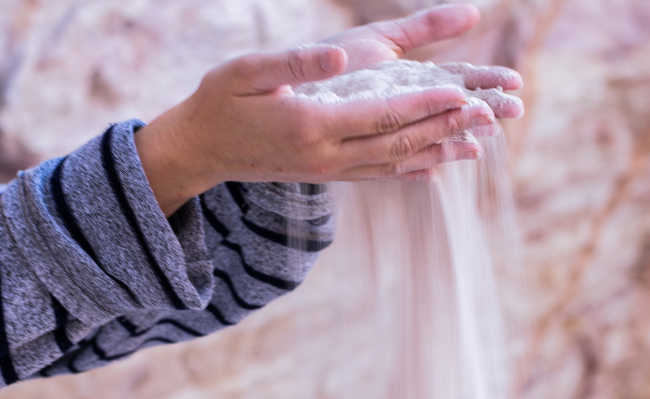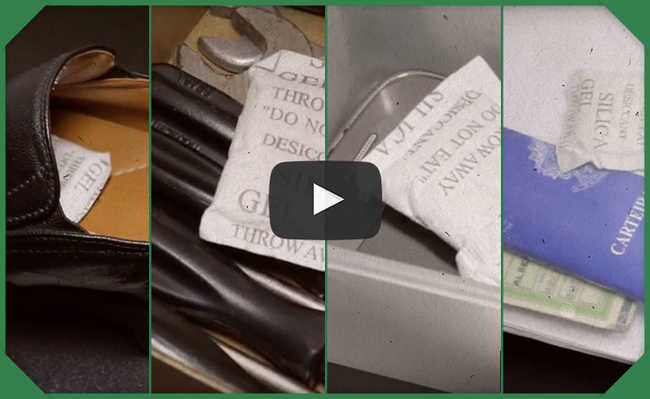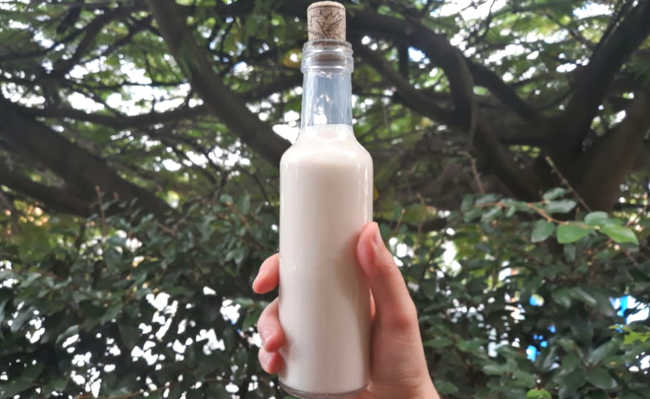In Kenya, charcoal made from human feces serves as a more sustainable fuel for cooking
The feces undergo various processing and serve as fuel for ovens in food preparation

Wherever people are, there is poop. Faeces are possibly one of the most abundant and widely available human resources, and can be useful as a raw material for the production of methane in biodigesters, as well as facilitating the constitution of soils in the form of compost... However, when waste humans are not treated or are improperly disposed of, major health problems can occur, such as cholera outbreaks or other illnesses related to poor sanitation.
A common aspect of rural life in countries with many inequalities is the lack of adequate waste infrastructure, be it a municipal sewer system or a septic tank built to prevailing standards. For those who do not have access to these waste disposal equipment, faeces is collected anywhere, which can contaminate local sources of water or food. Poorly constructed septic tanks can also leak into groundwater, leading to contamination of drinking water. And even the treatment of sewage from cesspits, septic systems and more widespread sewage systems has an environmental cost, increasing the impact of a region's inhabitants on local ground and surface water.
human feces briquette
A project in Kenya wants to take advantage of the problem of human waste to generate an environmental solution to combat deforestation, even if it is a palliative one. In the country, around 80% depend on charcoal or wood for cooking, which leads to deforestation, not to mention that the pollution generated by burning poses "huge health risks". The project in question is based on transforming the sewage sludge into coal briquettes, which cause less health problems at the time of burning.

Urine and faeces are human "products" that act as fertilizers, but coal pellets made from sewage represent a new type of "table-bathroom-kitchen" cycle that can lessen health impacts when cooking. with stoves that use fuels, in addition to being an economically viable proposition.
In Nakuru, Kenya, the processing plant for Nakuru Water and Sanitation Services Company (Nawassco - Nakuru Water and Sanitation Services Company) trucks sewage from septic systems and well latrines to locations where it can be slowly dried in the sun; then, the sewage is raised to a temperature of 300 °C, in ovens, in a carbonization process in which sawdust is added. The resulting product is then pulverized into hammer mills and then mixed with a little molasses, which acts as a binder - the product from all this processing is then rolled into balls and dried. A kilo of briquettes costs "about 50 US cents", is odor-free and can burn cleaner than charcoal, but it also burns more, which effectively saves the user money.
"Carbonization is basically a process by which we increase the carbon content of materials. In this case, we use the drum furnace, which is fed by sewage sludge; the drum has some holes in the bottom and they allow oxygen enter in a controlled way - oxygen will support combustion, but only at a certain level so that the material does not turn to ash. This way you can eliminate all harmful gases, and this is where you can ensure that the product it will not have a bad smell and it will be safe to handle when the worker is carrying out other processes, which are grinding and the production of briquettes", says the Nawassco manager, John Irungu, to the site Africa News.
Unsurprisingly, overcoming the taboo of using human feces for anything related to food was challenging at first, but users of the product have been pleased with the product's effectiveness and low cost.
Nawassco can currently produce around two tonnes of human feces briquettes per month - the aim is to increase production to ten tonnes per month by the end of 2017. The company has purchased additional dewatering and carbonizing equipment to expand and optimize its methods of production; the long-term goal is to produce "at least ten tons a day". As part of the project, more than 6,000 toilets are being built that can collect waste and serve as a necessary and convenient sanitation solution in poorer parts of the city. Plans for similar projects in other parts of Kenya are also underway.










